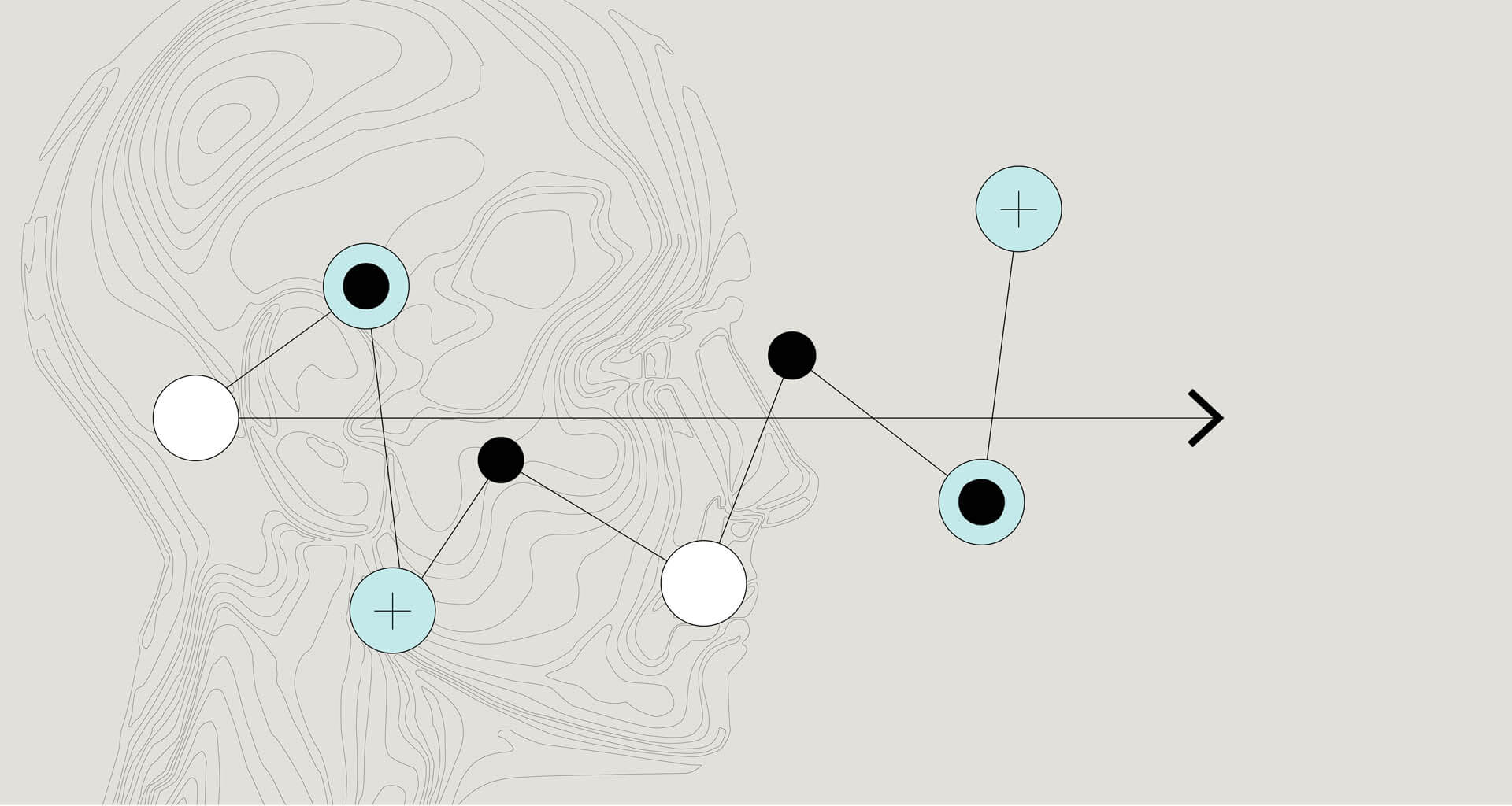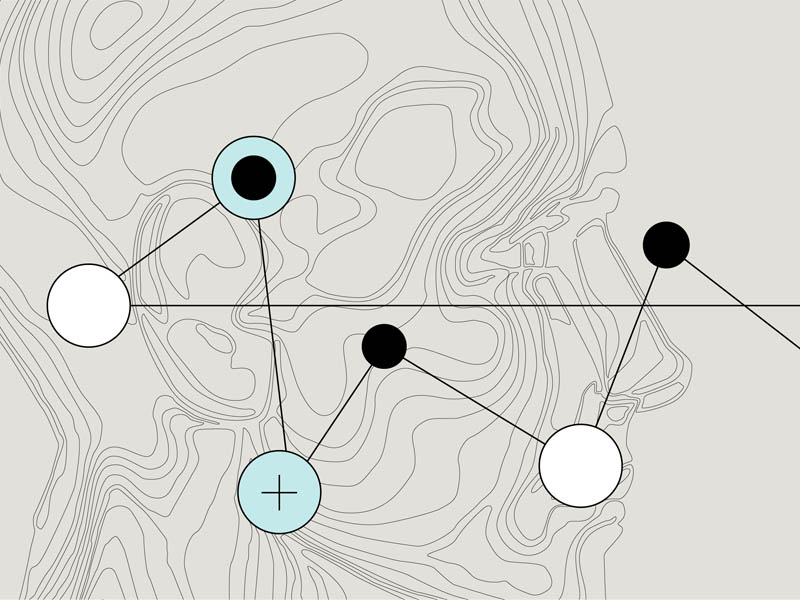Important Elements In The Product Design Process

Developing a product from start to finish is a huge undertaking for any company. Furthermore, there’s no one right way to go about the product design process. However, various methodologies exist, and most of them lead to a product that end-users will love.
Questions like “Is there a need for this in my market?”, and, “Will people actually buy my product?” are necessary questions to ask before beginning the process. Once you do your research and find that there is a need for your product idea, you can begin to think about actually designing your product to suit the needs of the consumer.
There are a few elements of product design that are more than often overlooked in the excitement of getting a new product to the market as soon as possible. In this article, we will take a look at some of these elements.
1. A User-focused Approach
Too often, startups, and even established enterprises, tend to make assumptions about their users’ needs and preferences. This comes mainly as a result of designers focusing solely on the product itself. Before thinking about how a product should look, you need to think about how it works and what it does for your buyer.
A user-focused design puts the target audience front and centre. It focuses on users throughout the entire design process through a variety of research and design techniques. It helps ensure the product is accessible and adaptable by the target users, making success much more likely, regardless of the field.
Carrying out user research to empathize with users and their problems is something that any product designer should embrace. You might have an idea for a product that you think would serve the needs of users. But you won’t know for a fact if that’s the case until you ask real potential users.
According to CareerFoundry, ultimately, user research is the real difference between designing based on guesswork and assumptions, and actually creating something that solves the intended user problem.
A great product is incredibly useful to consumers, incorporates great functionality, and above all, usually solves a problem for your buyer.
2. No-limit Brainstorming
After developing a strong and accurate understanding of the target users and their needs, the designer should start generating as many ideas or design solutions as possible.
It’s not only an essential part of the creative process, but it’s also an exciting one. The design team should be afforded total freedom during this stage of design. Designers know better than to go with the first idea they come up with. There may always be a better one. Asking what-if questions and welcoming any idea will help to inspire unexpected connections and ensure there is no shortage of creative solutions.
There are many ways to approach brainstorming. Some of the more popular methods used in product design include:
Visual Mapping
This is a way of taking an idea or concept and illustrating it visually to gain a better insight into it. Put the qualities of a problem at the centre of different mind maps and connect ideas to them.
Worst-case Scenario
Designers get the freedom to name all possible ideas, even if they’re rubbish. Then they write up a list of the worst possible ideas. This allows groups of researchers to relax and open up about their thoughts.
Speedstorming
This method is best suited for teams. Team members are divided into groups and given a small window of time to put forward a certain number of ideas. By employing multiple rounds of speedstorming, a small team can generate many ideas in the shortest time possible.
Once you’ve generated a bunch of ideas, the next natural step is to choose the best solution. According to Sciencebuddies, the best way to choose is by considering how your ideas align with universal design criteria, such as aesthetics, robustness, the time required, and skills required.
3. Prototype Creation
Designers can use low and high-fidelity prototypes for user testing. The benefit of this process is that they get to experiment first-hand with the design of the product. Designers can create a prototype, test it on prospective users, find problems, and improve on it for the next iteration.
The surface design is the most important aspect when creating a prototype. Depending on what the product is, the design can be minimal or detailed; it can apply to just a small area of the surface of the product, or it can cover the entire product with a pattern design.
The first prototype will likely be a paper prototype. For example, on paper, designers can sketch wireframes for a mobile app or website. The insights gained from testing a low-fi prototype will come in handy in creating a high-fidelity prototype.
User testing interactive prototypes ensures a much-fancied positive user experience in the final design.
4. Testing and Validating
The learning is not over when the prototype is built. Testing the design concept to confirm it works as intended, and that users find it as enticing as the designer thought they would, validates the product vision and design approach and leads to valuable insights that make the product more valuable to users.
Employing both in-house testing and user testing during the design process will give you a spectrum of information and learning opportunities.
Conclusion
Today’s buyer highly values companies that care. Buying from a quality company is important and consumers try to use companies and services that put their customers’ happiness first whenever possible.
If you always care for your customers, they will feel it and you will find so much joy in their happiness. And that’s a really wonderful way to earn their trust and grow your business.
To design great products, you must deliver the right features, with the right user experience, to the right people. These elements will give you confidence that your product will successfully meet the needs of your users, in turn resulting in your startup’s success.
This article was first published in November 2021
